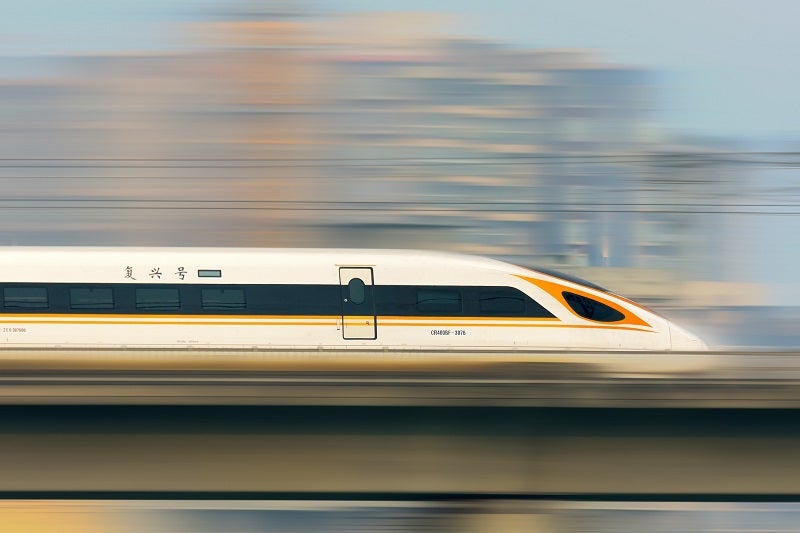
China has introduced a high-speed maglev train that can operate at a top speed of 600km/h in Qingdao, Shandong Province.
The train is said to be the world’s fastest maglev transportation system to be rolled off the assembly line.
The maglev train will cover the distance between South China’s Shenzhen to Shanghai in about 2.5 hours, instead of the current ten-hour high-speed train trip.
CRRC Qingdao Sifang Rolling Stock Research Institute (CRRC SRI) told the Global Times that the train will feature a self-developed brake system.
CRRC SRI has also supplied a coupler, anti-vibration system, electricity system, passenger information system, and other essential components for the maglev train.
Technicians of the company developed the magnetic poles for whirlpool brakes on the maglev train in a span of 19 months.
How well do you really know your competitors?
Access the most comprehensive Company Profiles on the market, powered by GlobalData. Save hours of research. Gain competitive edge.

Thank you!
Your download email will arrive shortly
Not ready to buy yet? Download a free sample
We are confident about the unique quality of our Company Profiles. However, we want you to make the most beneficial decision for your business, so we offer a free sample that you can download by submitting the below form
By GlobalDataThese magnetic poles can resist vibrations and can be recycled at temperatures from -25°C to 170°C.
For secure operations, the train is equipped with a power supply system. If the speed exceeds 100km/h, the train will operate on a non-contact power supply.
It also features a train receiver system, which has been developed by CRRC SRI.
According to the company, this system can work smoothly from -25°C to 45°C and presents good environmental adaptability.
The maglev train can be configured from two to ten cars and each car can handle over 100 commuters.
CRRC SRI coupler project leader Jiang Yulong was quoted by Global Times as saying: “Researchers developed an articulated coupler for the train by using forged aluminium alloys as the key structural part, which ensured that the relative motion between the train cars is less than 1mm.”
“The coupler length is only 280mm, and weighs less than 30kg, which meets the extremely spatial requirements of the maglev train.”
The train will also include 5G connection for the Wi-Fi system and provides wireless charging options for commuters.
In October 2016, the maglev project was initiated, with a prototype vehicle developed in 2019. The trial run took place in June last year.
As informed by CRRC, the final technical set was ascertained in January after the system had been optimised.
The complete system then underwent a six-month testing period.
In May, China started the construction of a test line in Shanxi Province to handle maglev trains operating at speeds of up to 1,000km/h.







